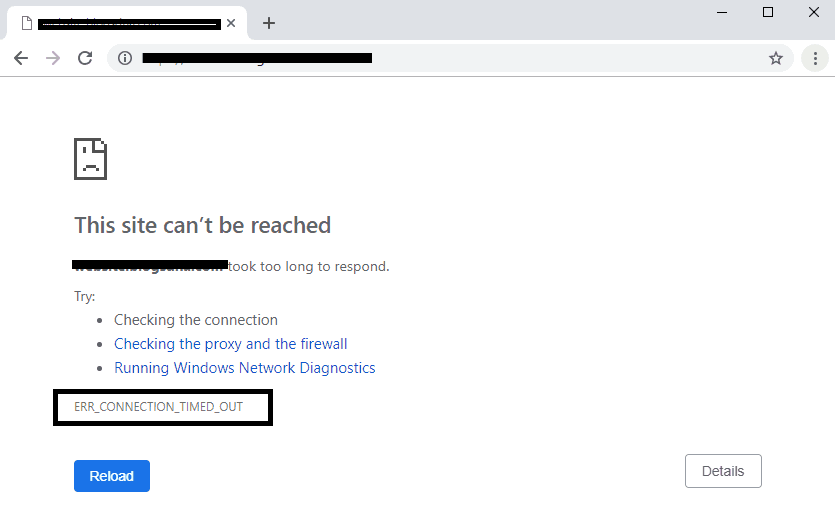For those who use Windows, the Windows Modules Installer Worker is likely familiar. In the event that you can’t see the above image on your computer, I’ll show you how to do so. But first, a few words about the stairwell. Tell me more about the Windows Modules Installer Worker, which you can see at the very top of the image.
What Does the Windows Modules Installer Worker Programme Do?
TIWorker.exe is another name for Windows Modules Installer Worker. It’s a component of the Windows operating system. Modules Installer is primarily responsible for updating Windows, as well as adding and removing optical Windows features.
Windows Modules Installer Worker can be set up automatically. To make the Windows Modules Installer Worker run on its own, follow these steps.

Step 1: Press Ctrl + Alt + Delete all at once on your keyboard.
Step 2: Open the task manager by clicking on the start button. On the bottom right of the services, a running task is shown.
Step 3: Next, look for Windows Modules Installer Worker in the services window. Click the Properties button on the Windows Modules Installer Worker.
Step 4: In the general option, select “automatic” from the drop-down menu.
Step 5: Click the apply button after selecting automatic.
Your Windows will be automatically updated if you follow these instructions. As depicted in the image above.
Read Also:
Why is The Windows Modules Installer Worker consuming so Much CPU Power?
Your machine may be utilising a lot of CPU power since it just downloaded Microsoft updates. PCs with high CPU usage are not uncommon, particularly those running Windows 10.
This problem can be solved in a variety of ways. According to Microsoft, this is what they’re saying. If you’re experiencing high CPU consumption on your computer, I have two simple solutions for you.
1. Restarting Windows Update Services
In order to lower your computer’s CPU consumption, do this first.
Step 1: To begin, simply press Ctrl+Alt+Delete on your keyboard.
Step 2: An option to start the task manager appears. The Windows task manager is now open in this step. Toward the bottom right, select the option “services” from the drop-down menu. You’ll need to search for a Windows update service, right-click it, and select “Restart.”
Restarting the Windows update services, for example, can do wonders for lowering your computer’s CPU consumption.
2. Use the Windows Update Troubleshooter
Simply put, it’s easy to use. Diagnose and fix all issues connected to Windows Update using the Windows Update Troubleshooter. And this fixes your computer’s high CPU utilisation. As a result, the following are some suggested procedures to follow.
Step 1: A Windows key will appear on your keyboard. Click on the control panel in the left-hand column to bring up a menu.
Step 2: Select Troubleshooting from the option that displays. Click on the Windows Update option on the left panel.
You’ll see a Windows update popup, and you may click the “Next” button at the bottom of the screen to proceed with the update installation. High CPU consumption in your PC may be alleviated in this way as well.
Windows Module Installer Worker Can Be Disabled?
It is possible to turn off the Windows Modules Installer Worker, but this should only be done if your PC has been running slowly for an extended length of time. You can disable Windows Modules Installer Worker on your PC if you are unable to carry out your normal duties.
In order to keep your data safe from virus threats, the Windows modulus installation is essential to have running at all times. To disable the Windows modulus installation, follow these instructions.
Step 1: Ctrl + shift + ESC is the keyboard shortcut for this. A window titled “Task Manager” then displays. Secondly, type “Windows modulus installer” into the search field.
Step 2: Right-click it and select End task from the new menu that appears.
How Virus-like is The Windows Modules Installer Worker
A resounding “no” is the response to this inquiry. In order to protect your data from virus attacks, Microsoft created Windows Modules Installer Worker.
There are only a few circumstances where this PC’s performance slows down, and it’s easy to fix using the methods/steps I’ve outlined in this article.
Is Your PC Running Slower and Hotter than It Used to?
Restart your computer if it is running slowly. Press Ctrl + Shift + ESC if the situation persists and your PC is significantly hotter than usual. Observe the high rate of CPU utilisation. There are a few steps that can be taken to fix this issue. The SoftwareDistribution folder was automatically updated by the Windows modulus installer.
To fix this issue, we simply deleted the SoftwareDistribution folder from the PC. Remove the SoftwareDistribution folder on your PC by following these simple instructions.
Step 1: The first step is to press Windows + R on your keyboard, which brings up a dialogue box in the lower left corner of your screen.
Step 2: Type “service.msc” in the dialogue box with your keyboard. Next, stop Windows Update by going to the services list and looking for it. Press Windows + R on your keyboard, then type “C:Windows/” and press OK.
If you’ve followed the instructions to the letter, be sure to restart your computer. This quick and easy way gets the job done on your PC in no time at all.
Read Also:
Conclusion
Hopefully, you’ve learnt a lot about the Windows Modules Installer Worker from this article. Reading and following the instructions will help if you have a problem with Windows Modules Installer Worker.





Leave a Reply